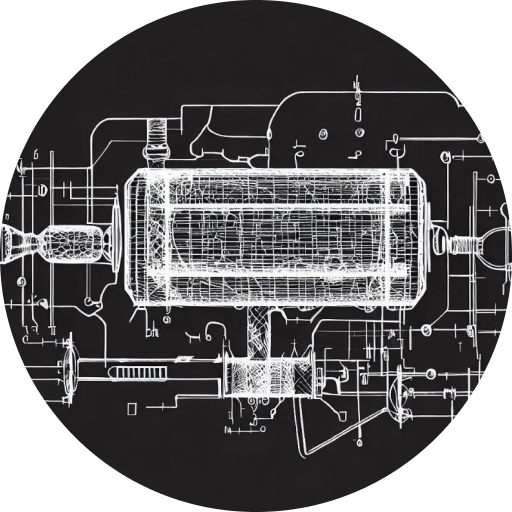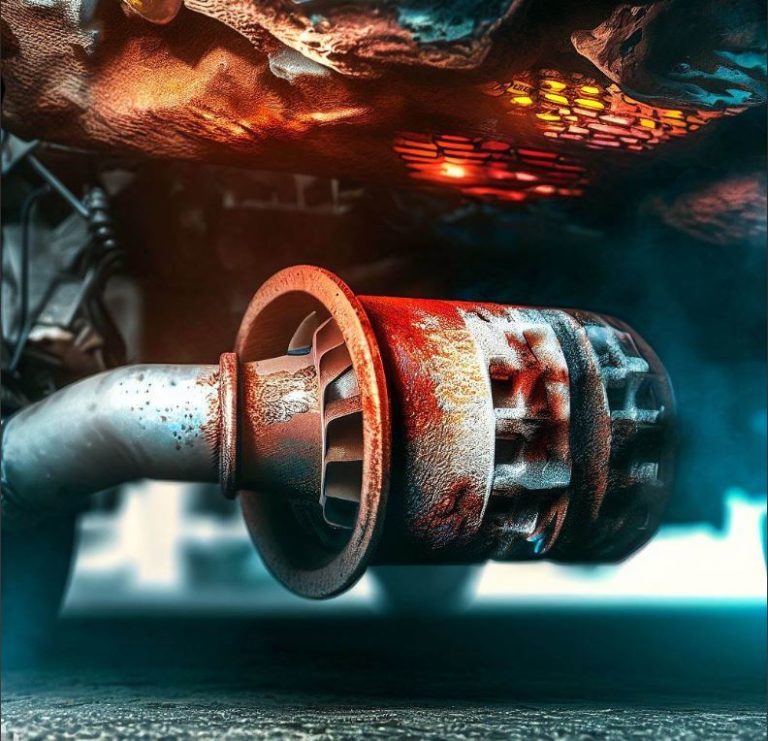Testing Your Catalytic Converter: Methods and Techniques
Introduction:
If you suspect that your vehicle’s catalytic converter is not functioning properly, it’s important to test it to confirm the issue. A malfunctioning catalytic converter can lead to reduced engine performance, increased emissions, and potential damage to other engine components. In this guide, we will provide you with step-by-step instructions on how to test your catalytic converter using various methods and techniques. For more comprehensive information on catalytic converters and related topics, visit the Catalytic System website (https://www.catalyticsystem.com).
Step 1: Visual Inspection
Start by conducting a visual inspection of the catalytic converter. Look for any signs of physical damage, such as cracks, dents, or rust. Additionally, check for loose or damaged heat shields surrounding the converter. Any visible damage may indicate a problem with the converter that requires further testing.
Step 2: OBD-II Scanner
Using an OBD-II scanner is a convenient way to test the performance of your catalytic converter. Connect the scanner to the OBD-II port in your vehicle, typically located under the dashboard. Follow the scanner’s instructions to retrieve any trouble codes related to the catalytic converter. Common codes include P0420 (Catalyst System Efficiency Below Threshold) or P0430 (Catalyst System Efficiency Below Threshold Bank 2). These codes indicate a potential issue with the converter, and further testing may be required.
Step 3: Exhaust Backpressure Test
An exhaust backpressure test helps determine if the catalytic converter is causing excessive restriction in the exhaust system. To perform this test, you will need an exhaust backpressure gauge. Disconnect the oxygen sensor located before the catalytic converter and connect the gauge in its place. Start the engine and let it idle while monitoring the backpressure reading on the gauge. If the backpressure exceeds the manufacturer’s specifications, it may indicate a clogged or failing catalytic converter.
Step 4: Emissions Test
Another method to test your catalytic converter is through an emissions test. This test measures the levels of pollutants in the exhaust gases produced by your vehicle. Take your vehicle to a certified emissions testing center or a qualified mechanic who can perform the test. The emissions test will assess the converter’s ability to reduce harmful emissions. If the emissions readings are outside the acceptable limits, it may indicate a problem with the catalytic converter.
Step 5: Temperature Test
A temperature test can provide insight into the performance of the catalytic converter. Start your vehicle and let it idle for a few minutes to warm up. Then, using an infrared thermometer, measure the temperature at various points along the catalytic converter. Compare the readings to the manufacturer’s specifications. A significant temperature difference between different parts of the converter may indicate a problem, such as a blockage or inefficient operation.
Step 6: Professional Inspection
If you have performed the above tests and are still unsure about the condition of your catalytic converter, it’s recommended to seek a professional inspection. A qualified mechanic or automotive technician can perform a comprehensive analysis using specialized equipment to determine the converter’s functionality accurately.
Conclusion
Testing your catalytic converter is essential for diagnosing any potential issues with its performance. By following the steps outlined in this guide, you can perform visual inspections, use an OBD-II scanner, conduct an exhaust backpressure test, perform an emissions test, conduct a temperature test, and seek professional inspection if needed. For more in-depth information on catalytic converters and related topics, we recommend reading the following articles:
– “How to Detect a Stolen Catalytic Converter: Signs to Look For”
– “Identifying a Bad Catalytic Converter: Key Indicators”
For comprehensive information on catalytic converters and related topics, visit the Catalytic System website (https://www.catalyticsystem.com).
- Upgrade Your Honda Accord with the Best Catalytic Converter for Enhanced Performance - October 30, 2023
- Boost Your Chrysler 300’s Performance with a High-Quality Catalytic Converter - October 30, 2023
- Enhance Your Jeep Liberty Performance with a Catalytic Converter - October 30, 2023









